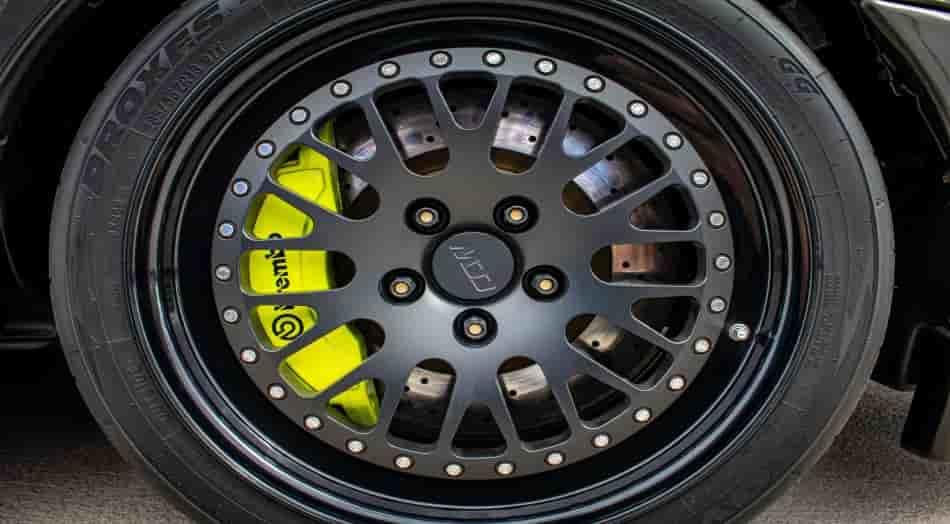Titanium is among the most sought-after engineering materials due to its strength and corrosion resistance properties. According to a study published on ScienceDirect, titanium has a 60% lower density than steel but is twice as strong as aluminum. With advancements in technology and a better understanding of metals science, titanium has earned its title as the metal of the future.
In its pure form and different alloy compositions, titanium can be used to design different car models , like hatchbacks, sports cars, and trucks. Applications of titanium also extend to the aerospace and medicine fields. Keep reading to learn more about innovations in the applications of titanium.
, like hatchbacks, sports cars, and trucks. Applications of titanium also extend to the aerospace and medicine fields. Keep reading to learn more about innovations in the applications of titanium.
Spaceship Manufacturing With 3D Printing
Weight optimization is a major challenge when engineering or designing spacecraft components. Spacecraft manufacturers are turning to 3D-printed titanium metal and alloys to overcome this challenge. With the help of 3D printing technology or additive manufacturing, aerospace design teams create a new class of lightweight titanium alloys that perform better under tension.

Components designed using 3D printing and titanium
By leveraging 3D printing technology and titanium , companies like NASA and SpaceX are designing components like booster rockets, manned spaceships, fasteners, hydraulic tubing, and springs. Stronger, lighter, and more corrosion-resistant components enhance spacecraft use in space exploration.
, companies like NASA and SpaceX are designing components like booster rockets, manned spaceships, fasteners, hydraulic tubing, and springs. Stronger, lighter, and more corrosion-resistant components enhance spacecraft use in space exploration.
Engineers can also harness metal 3D printing to create durable titanium inserts for attaching devices to satellites. One key aspect of 3D-printed titanium inserts is that they are one-third of the initial weight of other metal inserts.
Titanium Alloy Mixtures For Automobile Applications
The growing demand for fuel-efficient and eco-friendly automobiles has influenced the innovation of titanium alloys. A perfect example of titanium alloy is titanium-aluminum-vanadium or Ti-6Al-4V, a mixture of metals designed to improve the properties of components.
This alloy is prized for its impressive strength and lightness, heat resistance, and mechanical properties ideal in high-performance environments like engine valves. Ti-6Al-4V titanium alloys reduce the weight of the engine valve, thus increasing fuel efficiency and engine speed by 20%. Other applications of titanium alloys in automobiles include:
Valve spring seats
Valve springs made from titanium alloys are lightweight, strong, fatigue resistant, and boost car performance. Mitsubishi Motors is one of the automakers that uses Ti-22V-4Al alloy to design lightweight valve spring seats. Titanium valve springs reduce the mass of vehicles by 42% and increase the engine speed by 300 rpm.
Exhaust valve
Today’s automakers use titanium alloys in the form of rods or round bars to design reliable, durable, and aesthetically pleasing exhaust systems. Titanium exhaust systems can have a 40% reduced weight and high burn efficiency compared to steel exhausts.
Small car components
Apart from making exhaust systems, automakers buy titanium rods with small and large diameters to make fasteners, engine piston pins, pin bolts, and automotive clutch discs. That’s because titanium can withstand high temperatures and weigh less than steel. Plus, titanium rods are easy to customize into different shapes and sizes.
with small and large diameters to make fasteners, engine piston pins, pin bolts, and automotive clutch discs. That’s because titanium can withstand high temperatures and weigh less than steel. Plus, titanium rods are easy to customize into different shapes and sizes.
Nanotechnology And Titanium For Consumer Electronics
Global Market Monitor reports that titanium alloys will continue penetrating the consumer electronics market because of their appealing characteristics. For example, it’s rumored Apple could use titanium for its Augmented Reality(AR) headsets because of its lightweight, strong, non-corrosive, non-magnetic, and non-allergenic nature.
that titanium alloys will continue penetrating the consumer electronics market because of their appealing characteristics. For example, it’s rumored Apple could use titanium for its Augmented Reality(AR) headsets because of its lightweight, strong, non-corrosive, non-magnetic, and non-allergenic nature.
Innovation in titanium-based electronics
To create consumer electronics, manufacturers are combining nanotechnology with titanium. Nanotechnology focuses on finding new and exciting ways to use materials at a small scale or tiny particles that cannot be seen with the eyes.
When combined with titanium, nanotechnology helps create tiny surface structures and patterns. The tiny modifications of titanium make it ideal for manufacturing sensors, detection devices, and electronic circuits.
Titanium has been the go-to engineering metal in various industries because of its exceptional characteristics. Titanium is stronger, lightweight, corrosion-resistant, and heat-resistant than steel and aluminum. Plus, it’s easy to modify titanium using various technologies like 3D printing and nanotechnology to manufacture automobiles, spacecraft, and electronic components.

